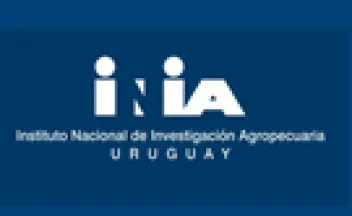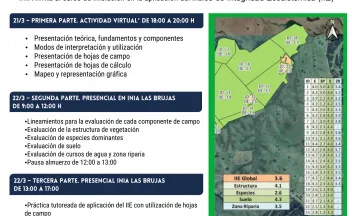Estrategias para la reducción de la huella de carbono:metodología de abordaje para sistemas de producción lechera.

INIA y Conaprole trabajan juntos en el análisis de la huella de carbono de los sistemas de producción lecheros y en la elaboración de una metodología para desarrollar estrategias para su reducción.



